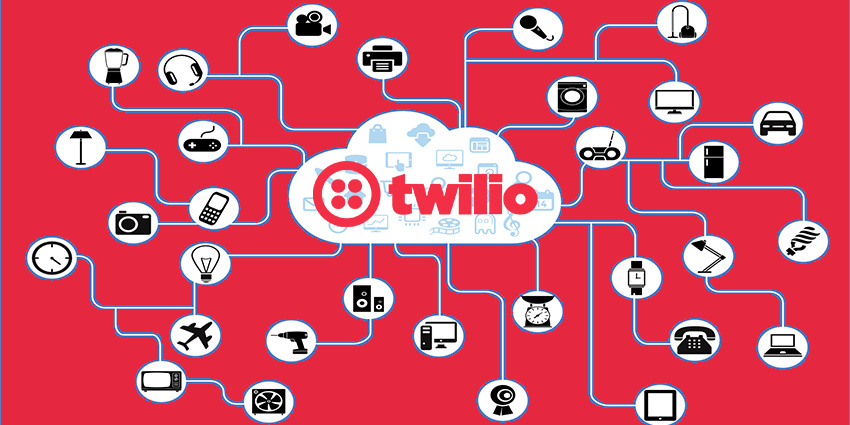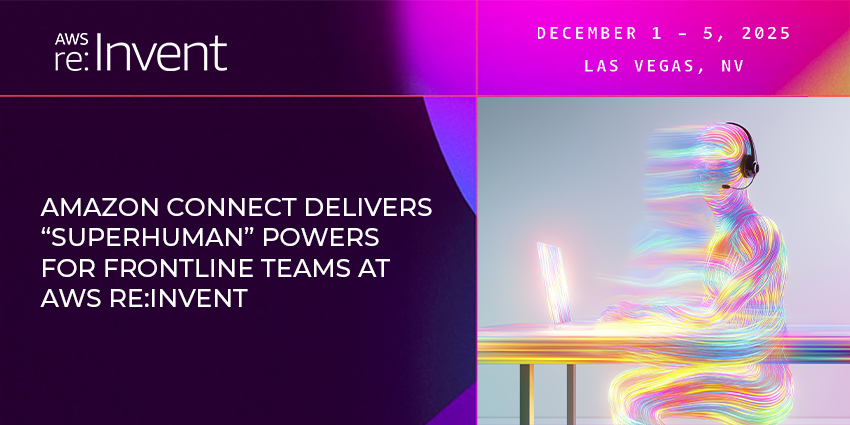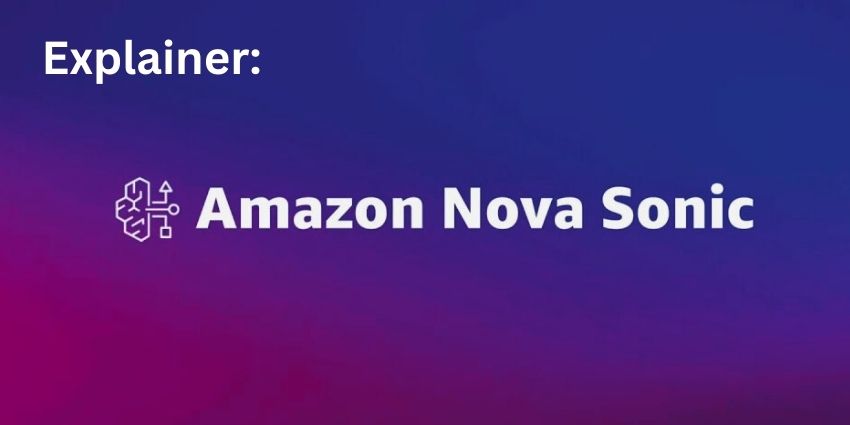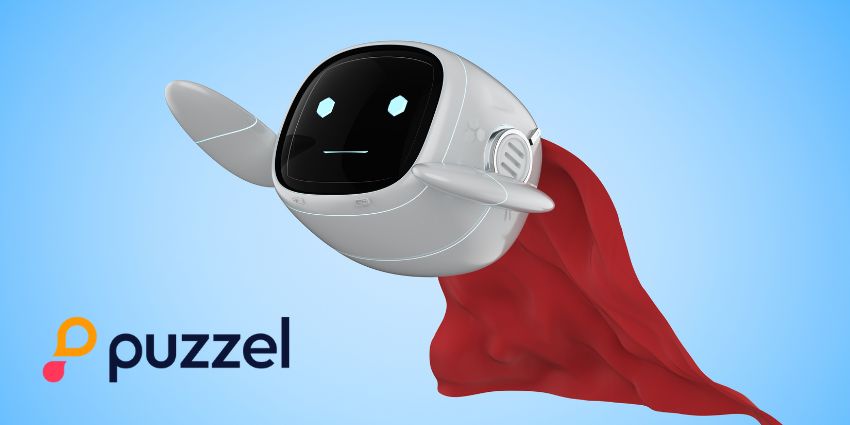Twilio, a leading cloud communications platform provider, recently published the findings of a new study into UK customers. The report shows that the COVID-19 pandemic has had an impact on the communication preferences of 48% of respondents.
Consumers ranked industry sectors in the study on their ability to deliver customer service during the pandemic. Healthcare (27%) received the highest ratings, while insurance (3%) fell towards the bottom. The biggest reason to rate a sector highly was an ability to respond to queries quickly (34%).
Twilio’s study suggests that the pandemic has accelerate digital transformation across the board for UK businesses, increasing growth by an average of around 5.3 years. Yet, despite this, consumers are still looking for more ways to contact brands. Only 20% of businesses said that the sector they thought was the best at handling their queries offered their preferred channel for communication.
More Methods of Contact are a Must-Have
Twilio is an innovator in providing convenient communication methods to companies of all sizes. The brand recently partnered with WhatsApp to enhance developer experiences and unlock new messaging opportunities for customer support. Twilio’s latest report indicates that the demand for multiple convenient forms of communication is crucial.
EMEA VP for Twilio, David Parry-Jones said that many companies embracing digital acceleration during the first phase of the pandemic used digital communications to connect with customers. However, the work of these businesses isn’t done. McKinsey found that 75% of consumers using digital channels for the first time in the pandemic plan to continue using them afterwards. As the world continues to evolve, businesses will need to have the right channels in place to engage customers.
While a quarter of individuals are seeking more channels following the pandemic, it’s worth noting that 27% said they also wanted less automation. The communication methods that companies use can’t come at the expense of human connection. Teams will need to find the right balance between human empathy and automation.
Diversifying Customer Communication
Twilio notes that while communication channels have increased during the pandemic, branching out to new channels is only the first step for companies who want to create more engaging experiences. Only 10% of clients feel they can continue a query at any time with a company through any channel, without having to repeat themselves.
Parry-Jones notes that the biggest opportunity for businesses going forward will be to break down communication silos. Consumers will need to be able to pick up a prior conversation on the channel they choose, from WhatsApp, to SMS, without re-explaining themselves.
Additionally, Twilio’s report showed that 48% of consumers have seen a change in the way businesses communicate throughout the pandemic. Opinion was divided on the benefits of the changes, however, with around 46% of 18-24 year old’s saying that communication was becoming more effective, and 27% of 65 to 74 year old’s saying it was less effective.
Twilio’s findings are a valuable insight into the importance of companies being able to understand their customers, and their communications preferences, to determine how they can best engage them. Organisations investing in new channels must think carefully about how they leverage these tools for better customer experience.







